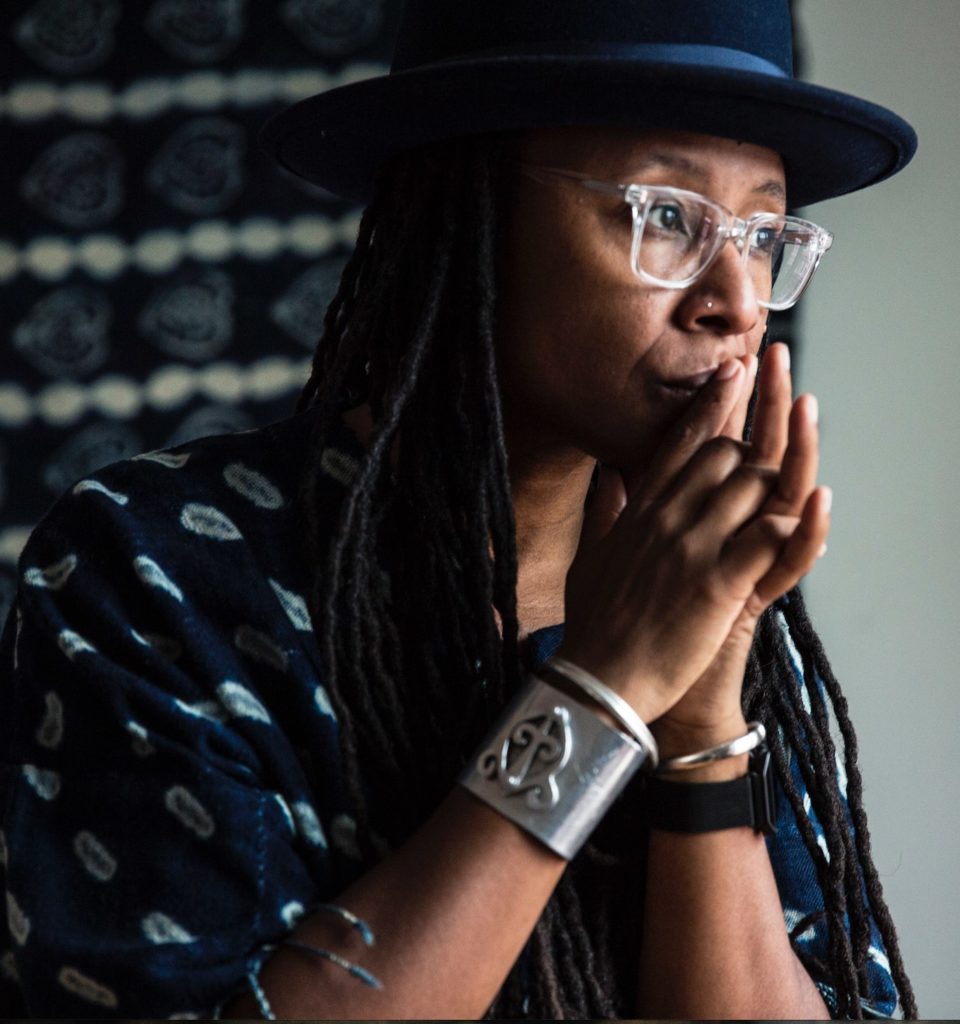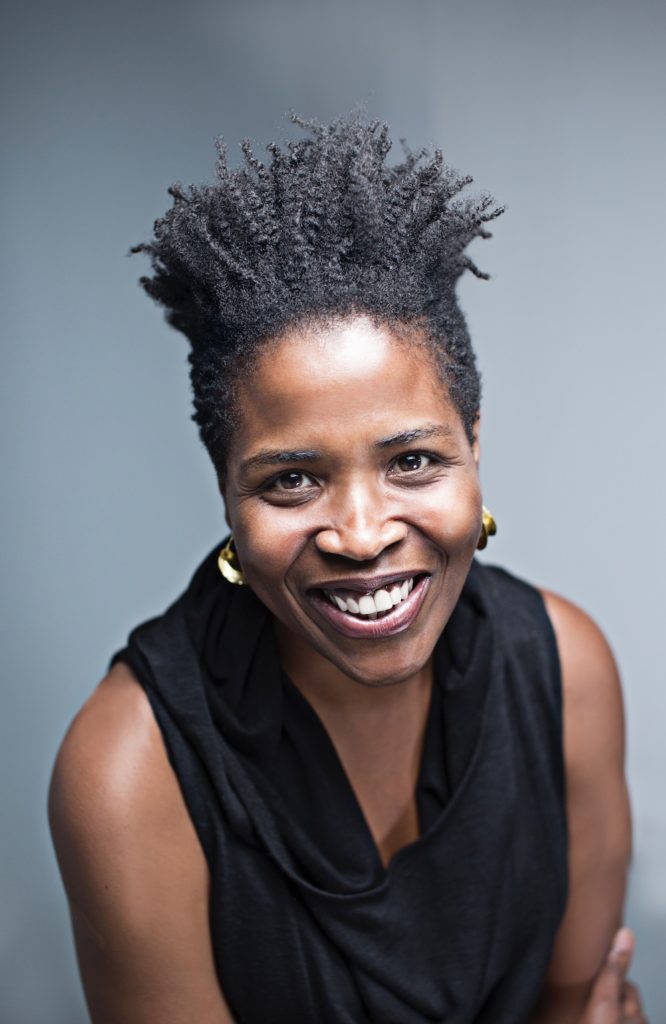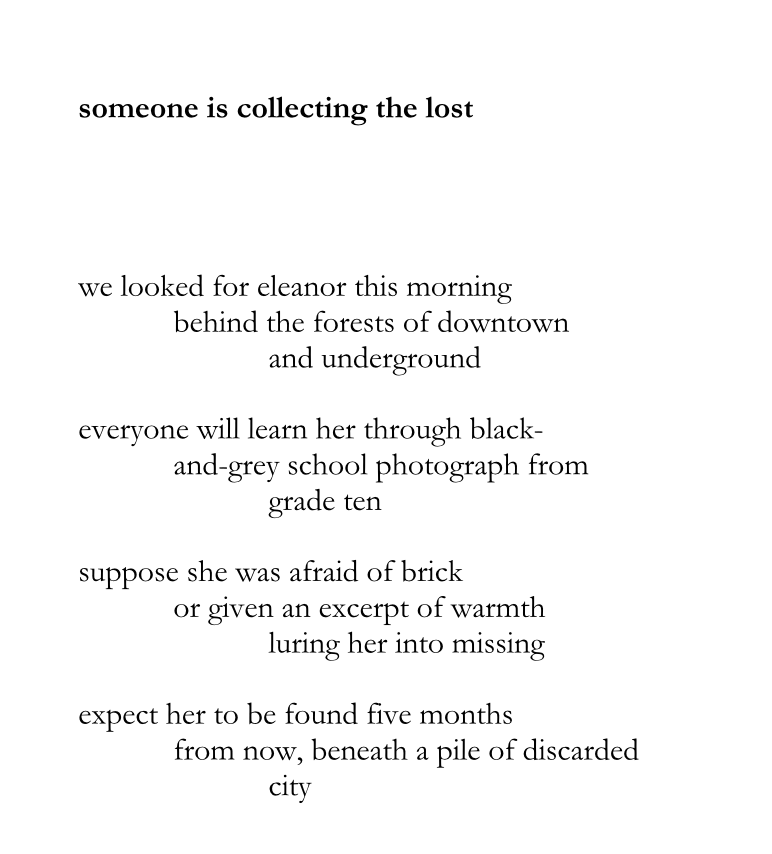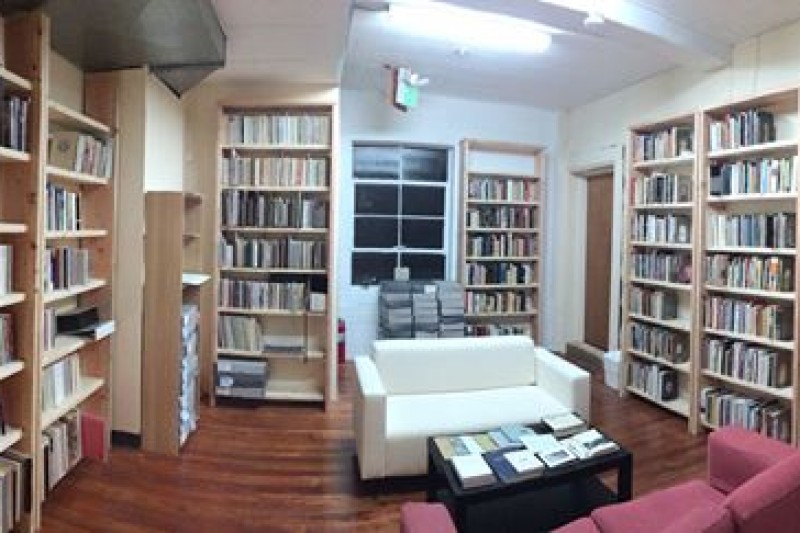
We recently conducted an interview with Lisbeth Redfield, the Literary Arts Manager of Pen and Brush. Pen and Brush, originally founded in 1894, has remained steadfast in its goal of being a nonprofit dedicated to showcasing exceptional women’s art, both literary and visual. Although much of the initial vision for Pen and Brush has stayed true to form, their renewed focus on mentorship for young and burgeoning women artists—specifically, a new Literary Arts program for emerging writers and an exhibition space—gave us much to talk about.
Pen & Brush was originally started to engage ‘mutual improvement, advancement and social intercourse.’ How has Pen & Brush as a whole evolved over the years? Has the vision of the organization changed at all?
Any organization as old as Pen and Brush has seen a lot of changes on a micro and macro level, and Pen and Brush has gone through an evolution appropriate to a group that has watched the entire 20th century, reflecting the political, cultural, social, economic changes of the times. In the words of our Executive Director, “we have a responsibility to put the organization in a place where it can do what it has always been charged with doing.”
But where the mission in practice has changed with the changing community, the guiding principle behind the group’s activities has remained steadfastly consistent: we exist to combat gender-based inequality in the arts; we support the premise that art and literature are vital aspects of the human experience; and we believe – passionately – that art and literature created by women deserves to be recognized and valued on its own merit. The desire to engage artists and provide a shared space for them to discuss, market, and improve their craft has also been a consistent impetus for the organization, and will inform our work into the future.
Earlier this month, Pen & Brush opened new facilities. What will this space be used for? How do you think the space will speak to P&B’s vision?
We are so proud of our new space! It’s beautiful: please come and visit. Because our organization is devoted to promoting the work of women writers and of visual artists, our new space is intended as a home for writers and artists. The space is an art gallery, dedicated to showing the work of female artists selected by our guest curators. It also functions as an event space to give the publishing program – which is entirely electronic – a physical home. We’re putting together some innovative literary programming as part of our Literary Takeover at the beginning of 2016, when we will be welcoming panels, workshops, readings and more in an effort to strongly link the written world and visual art. Our new space is nothing less than a physical manifestation of our mission: a place that brings together literature and visual art by and for women, and brings it to the attention of art-lovers and readers.
P&B recently started a new Literary Arts program focusing on showcasing new voices in women’s writing. What prompted the creation of this program and where do you see it going in the future?
Our re-opening is in many ways a return to the impulses that motivated the creation of the organization in 1894, when three key words – “contemporary,” “art,” and “literature” – dominated the group’s activity. Our past presidents and members include Pearl S. Buck and Ida Tarbell (who was the organization’s president for 30 years), and a number of other leading female writers and artists. We felt that there had always been a need for us to support women’s writing, and as part of our move and relaunch, we wanted to put the visual and the literary sides next to each other as equals: two siblings in the same family, under the same roof.
In the future we hope to see a thriving list of quality literary fiction, and one that places skilled authors in close contact with well-connected industry professionals. We’d like to see packed readings, folks eagerly discussing the big ideas behind art and literature, with our wonderful paintings behind them. We want to be a place where people know they will find thought-provoking art and writing, a place where women gather for events and shows and panel discussions, and know that they are taking part in a group that is fighting on their side, committed to supporting them making a living by making art.
How did you choose the literary curators for the project and how do they contribute to it?
I’m going to reverse this answer, since the second part of the question – how do our literary curators contribute to our publishing – is the more unusual one in the literary world. The short answer is that our curators read incoming submissions and select the work we publish. We ask them to look at all of our submissions (the only ones we reject are from people who have not signed our terms and conditions agreement, or who have submitted in a genre we don’t currently publish). Every curator is encouraged to read all the submissions. When a curator finds a piece she likes, she recommends it for publication and “adopts” it: doing what she can to support the author and the work once we publish it.
What is going on here, you might ask. Why not have an editorial team like the other presses and literary magazines?
Well, for a start, there’s our mission: Pen and Brush as an organization stands outside the review process. Our role is connecting talented writers to experienced and well-networked curators, which is something we’ve had a lot of practice doing, and we like to think we’re fairly good at it. But none of us are literary agents, senior editors, or publishers, and our work with literary curators ensures that all our submissions are assessed fairly by multiple experts. Our curators reflect a wide range of perspective and points of view. Additionally, by creating a vetting system comprised of a variety of literary professionals, we ensure that we are working with curators who both have experienced taste in selecting work, and the power to advocate for it.
We select our curators with diversity in mind: diversity of position (editor, publisher, agent); diversity of publication (big five, indie press, literary magazine); diversity of age; diversity of background and experience; and diversity of genre (poetry, fiction). We want to have a curator pool that is as inclusive as possible, so our submissions get as broad a reading as possible.
In a more general sense, where do you see publishing going as an industry? How do you think the internet or e-readers have affected the industry and what do you hope P&B will contribute to the future of publishing?
Here’s what I’m sure about: publishing is going somewhere interesting. Here’s what I’m not sure: precisely and specifically where. But it’s somewhere cool, and probably easy to find on your phone. And, yes, the internet and e-readers have absolutely affected the industry. We’re currently in a society that is extremely literate and we have a publishing industry with extremely low barriers to entry. Historically, we have probably never had this many people motivated to write, and it has probably never been easier to publish your writing. That is a little scary if you work at a Big Five house and depend on selling a lot of printed books, but if you’re someone who doesn’t rely on blockbuster budgeting, it’s really, really cool. The internet has made an alternative electronic publication platform like Pen and Brush’s program possible, and we’re really excited about that opportunity. Our goal with our publications is to create a safe and vibrant publishing space for female authors, one that is wider and broader than what is currently available. If we can provide a democratic, supportive, and functional small publishing space to fledgling authors, or pave the way for similar ventures from non-profit arts colleagues, I think we’ll count that as good contribution to publishing writ large.
***
Kate Angus, Augury’s founding editor, has been a Guest Literary Arts Curator for Pen & Brush this past year. After reviewing submissions, she selected the following novella and poetry collection, respectively:
“In The Foam Of The Blue Waves” by Kathleen Wakefield
“Selected Poems” by Lauren Amalia Redding











